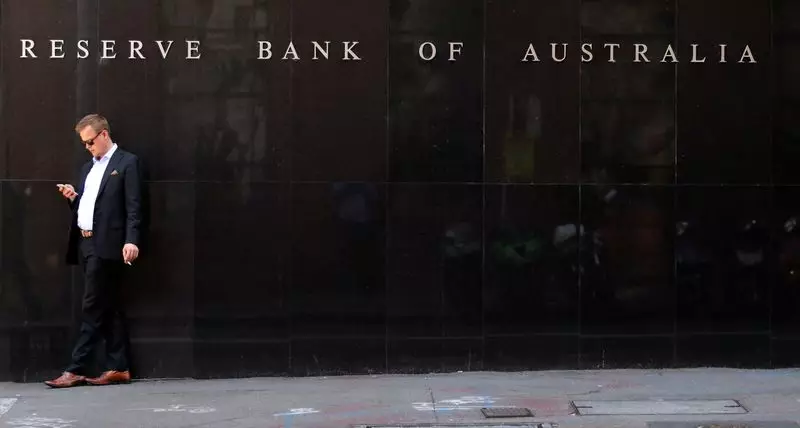In recent discussions surrounding Australia’s economic strategy, the Reserve Bank of Australia (RBA) has asserted that it remains vigilant but unconcerned about inflation expectations becoming de-anchored in the near term. Assistant Governor Sarah Hunter conveyed this sentiment during a finance conference in Sydney, reassuring stakeholders that household beliefs regarding inflation have not deteriorated despite recent economic fluctuations. Recent research suggests that Australian households may be processing recent inflation spikes with greater resilience than previously anticipated by policymakers, indicating a degree of adaptability in public sentiment toward economic changes.
One notable observation highlighted by the RBA is the relatively weak correlation between current wage expectations and inflation expectations. This detachment implies that rising wages alone may not significantly impact consumer expectations of future inflation, suggesting that Australians may not be reacting traditionally to wage growth. Rather than a direct cause-and-effect relationship, the RBA suggests that other underlying factors may be influencing how Australians perceive inflationary pressures. Policymakers advocate for continued monitoring of these dynamics, emphasizing the importance of understanding how societal and economic perceptions evolve in response to fluctuating conditions.
Since maintaining a cash rate of 4.35%—a significant increase from the record lows experienced during the pandemic—the RBA has indicated that this rate is sufficiently restrictive to encourage a return to its target inflation band of 2%-3%, while simultaneously safeguarding employment growth. The central bank’s approach indicates a careful balancing act; however, underlying inflation figures remain stubbornly high at 3.9%. This persistence raises eyebrows regarding the timeframe projected for inflation rates to stabilize and fall back within target parameters. Analysts and market participants are cautious, with indications from swaps revealing just a 40% likelihood that interest rates may be slashed in December.
The RBA’s emphasis on tracking inflation expectations highlights a proactive approach in securing economic stability. As Hunter pointed out, keeping a keen eye on how expectations are formed and evolve will be integral to managing potential risks in the future. This forward-looking strategy not only aims to mitigate the risks associated with de-anchoring inflation expectations but also prepares the RBA to swiftly adjust its policies in response to changing economic narratives.
The ongoing analysis and the status of inflation expectations play a critical role in Australia’s economic landscape. While the current sentiment suggests stability, the RBA’s commitment to vigilant monitoring speaks to an understanding of the complex interplay among consumer behavior, wage dynamics, and inflation trends. As Australia navigates these economic waters, both consumers and policymakers must remain informed and adaptable to potential shifts, ensuring a balanced and sustainable economic trajectory for the future.

